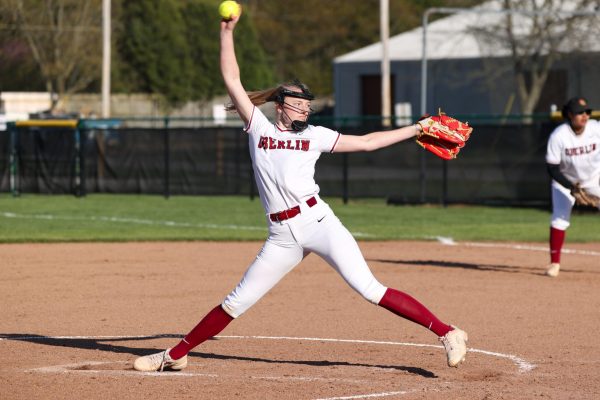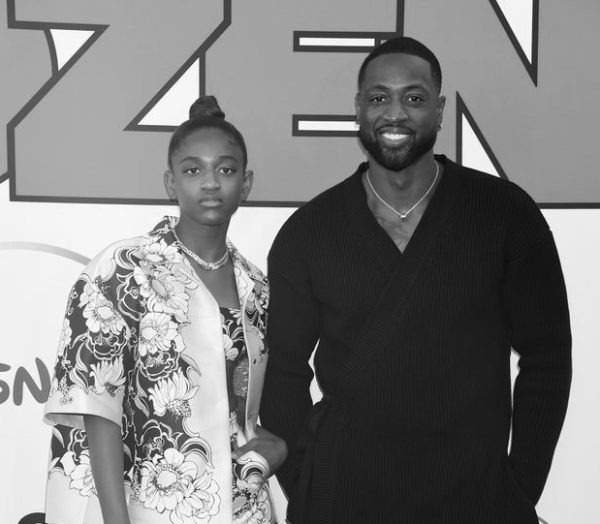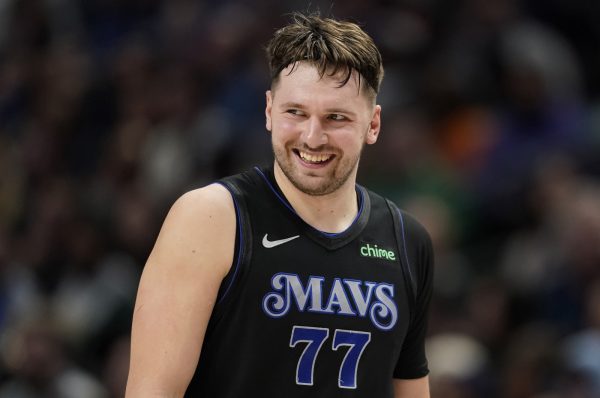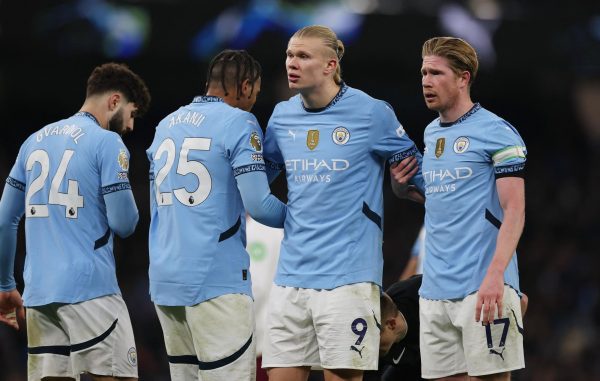FBI Sting on NCAA Basketball Stalwarts Sparks Conversation
The the depth of malpractice in NCAA Division I college basketball recruiting became apparent Feb. 23. when the FBI revealed that powerhouse basketball schools committed a myriad of violations. As multiple charges are leveled, it seems that changes are coming to the college basketball landscape.
Some men’s basketball prospects and current players received payments — politely worded as “loans” — to sway their collegiate commitment decisions, among other things. This preferential treatment has been exercised by big-name schools like the University of Alabama, Duke University, Louisiana State University, the University of Kansas, the University of Louisville, and Clemson University. While these are only a handful of the schools outed by the FBI, they illustrate the great extent of this network of influence and how these violations are deeply embedded in the supposedly-amateur athletic program.
The FBI initiated the investigation in September, charging four assistant basketball coaches with fraud and bribery. The coaches were accused of accepting payments that could be funneled to top recruits to influence their college decision, in exchange for pressure to sign with specific agencies or brands when they eventually made their NBA debuts. These infractions ended the illustrious career of Louisville men’s basketball coach Rick Pitino, after it was found that he had allowed Adidas Global Marketing Director Jim Gatto to pay his top prospect Brian Bowen $100,000 to go to Louisville in exchange for the basketball program’s cooperation with the brand.
The questions, then, are why this is happening and why it matters now. These issues have been debated for years, and the NCAA is no stranger to scandals such as this one. Even so, it can’t be ignored that LeBron James and Barack Obama have weighed in on the issue. This is now a federal criminal matter, and the NCAA’s sanctions are apparently insufficient to stop these violations completely.
It is important to shed a little light on what kind of money is floating around the highly-profitable world of Division I athletics.
According to sports economist Dan Rascher, some prominent basketball programs have brought in more revenue than the average professional NHL team. While there are many ways that institutions profit off of their athletes, the massive size of coaches’ salaries — which range from $4.3 million (Michigan State’s coach Tom Izzo) to $9 million per season (Duke’s coach Mike Krzyzewski) — is enough to show the exploitation of athletes. In 2015, Louisville reportedly made $45.6 million dollars in revenue via their basketball program, and have collected over $356 million since 2001. So, the programs, coaches, and schools are raking in money, and players are not receiving anything, even though their names are being sold — quite literally, in the case of jersey sales — to consumers. Los Angeles Lakers rookie Kyle Kuzma was one of many to weigh in on this aspect of the issue, having tweeted that the NCAA should be accountable for generating billions of dollars while providing its players with so little. It should be noted that he reportedly received over $9,000 from an agent while playing basketball for the University of Utah.
Taking each of these factors into account, these basketball programs have heavily violated NCAA rules and have greatly influenced the incentives of many recruits over the years. But while this is definitely illegal, is it inherently a terrible idea to pay players for their contributions to their respective programs? The NCAA considers itself a resource for supporting, protecting, and valuing the rights of collegiate athletes. They intend to act in a similar manner to the NFL Players Association, which is a recognized union for professional football players that considers their best interests in issues like wages, working hours, and conditions. But while the NFLPA has negotiated settlements to protect players after retirement and funded head-trauma research, the NCAA has allowed programs and sporting brands to expose their athletes. And in light of recent events, the question is not what their purpose is, but what their purpose should be.
The fact of the matter is that these collegiate basketball programs have ceased to look like an amateur sport over the past years; they are making enough money to compete with other professional sports and have amassed a comparable amount of viewership. A few different ideas have been thrown around, primarily centered on creating a farm system that feeds into the NBA, much like how Minor League Baseball relates to Major League Baseball. For the NBA, the incentive to play overseas and completely forego NCAA basketball has gained momentum as well due to the appeal of receiving a salary and getting valuable playing time with other professionals.
With college employees facing potential jail time for federal offenses, this should incentivize the utmost motivation for a change in the NCAA’s role within collegiate athletics. As the association attempts to move forward, it will need to take into account its role in the world of professional sports. Most athletes who attend powerhouse basketball schools have their eyes set on the NBA and subsequently enter the NBA Draft after one or two years of playing in the NCAA. Therefore, the NCAA has crafted itself to be the main farm system for the NBA without considering itself one, despite its players looking, playing, acting, and being treated very much like professional athletes.
The easiest solution for the NCAA might be to pay their athletes. This money could come out of jersey sales for individual players, or a percentage out of ticket sales — two forms of revenue, among others, that are directly dictated by the players and their performances. The idea, then, would be to make these quasi-professional athletes actual professionals. But I fear that the world will cease to experience purely amateur collegiate athletics, the unpredictability of March Madness with dominating teams and Cinderella teams, and the distinct loyalty and admiration nurtured by the fact that these players aren’t professionals yet. We should value that we have them here for a few moments before their prime, unscathed by the influential and competitive world waiting for them in the NBA.






